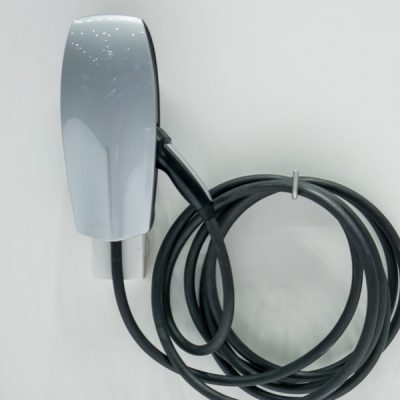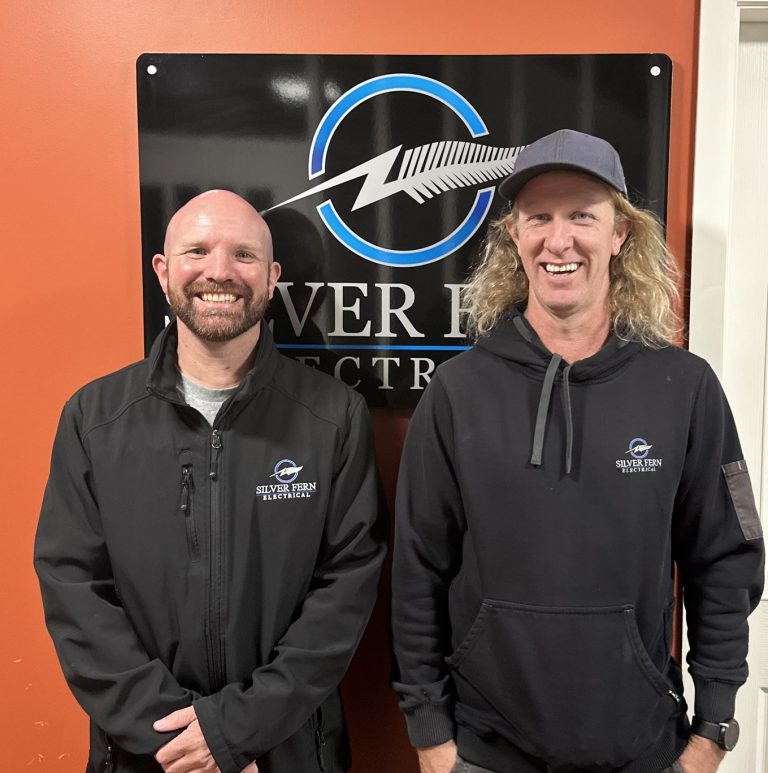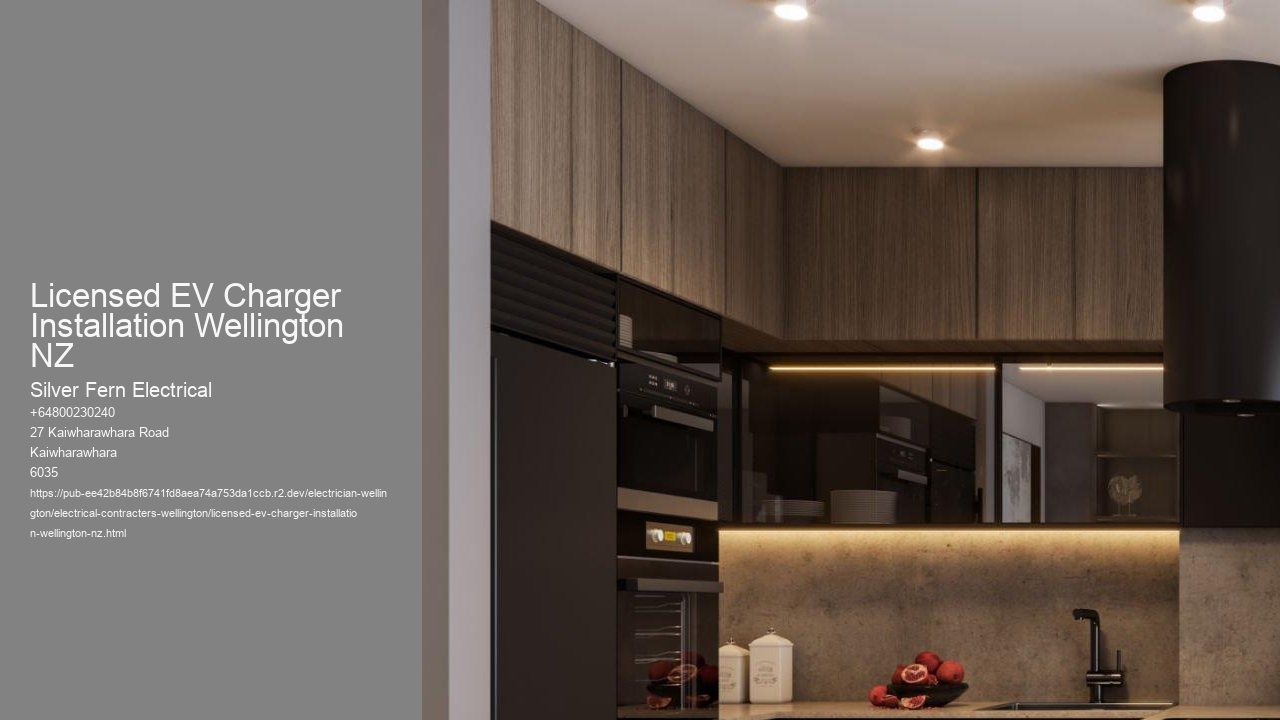Wellington is the resources city of New Zealand. It lies at the south-western idea of the North Island, in between Cook Strait and the Remutaka Range. Wellington is the third-largest city in New Zealand (second largest in the North Island), and is the management centre of the Wellington Area. It is the globe's southernmost funding of a sovereign state. Wellington features a temperate maritime climate, and is the globe's windiest city by typical wind rate. Māā ori oral tradition tells that Kupe uncovered and discovered the region in concerning the 10th century. The area was initially resolved by Māā ori iwi such as Rangit ā ne and Muaūū poko. The disruptions of the Musket Battles resulted in them being overwhelmed by north iwi such as Te ĀĀ ti Awa in the early 19th century. Wellington's present type was originally created by Captain William Mein Smith, the initial Property surveyor General for Edward Wakefield's New Zealand Firm, in 1840. Smith's strategy consisted of a series of interconnected grid strategies, broadening along valleys and reduced hillside slopes, but without really taking the surface right into account. The Wellington urban location, which only consists of urbanised locations within Wellington City, has a population of 208,800 since June 2024. The broader Wellington city, including the cities of Lower Hutt, Porirua and Upper Hutt, has a populace of 432,600 since June 2024. The city has actually worked as New Zealand's funding because 1865, a status that is not specified in regulation, however developed by convention; the New Zealand Government and Parliament, the Supreme Court and most of the general public solution are based in the city. Wellington's economic climate is largely service-based, with an emphasis on finance, company solutions, federal government, and the movie sector. It is the centre of New Zealand's film and unique effects sectors, and progressively a center for information technology and technology, with 2 public study colleges. Wellington is among New Zealand's primary seaports and serves both residential and global shipping. The city is chiefly served by Wellington Flight terminal in Rongotai, the country's third-busiest airport terminal. Wellington's transportation network includes train and bus lines, which reach regarding the Kāā piti Coastline and the Wairarapa, and ferries connect the city to the South Island. Often described as New Zealand's cultural capital, the culture of Wellington is a diverse and often youth-driven one. One of the globe's most liveable cities, the 2021 Global Livability Position linked Wellington with Tokyo as 4th worldwide. From 2017 to 2018, Deutsche Bank ranked it first worldwide for both liveability and non-pollution. Cultural districts such as Cuba Road and Newtown are renowned for innovative development, "op stores", historical personality, and food. Wellington is a leading monetary centre in the Asia-Pacific area, being placed 46th in the world by the Global Financial Centres Index for 2024. The global city has actually grown from a dynamic Māā ori settlement, to a colonial station, and from there to an Australasian funding that has actually experienced a "impressive imaginative rebirth".
.




